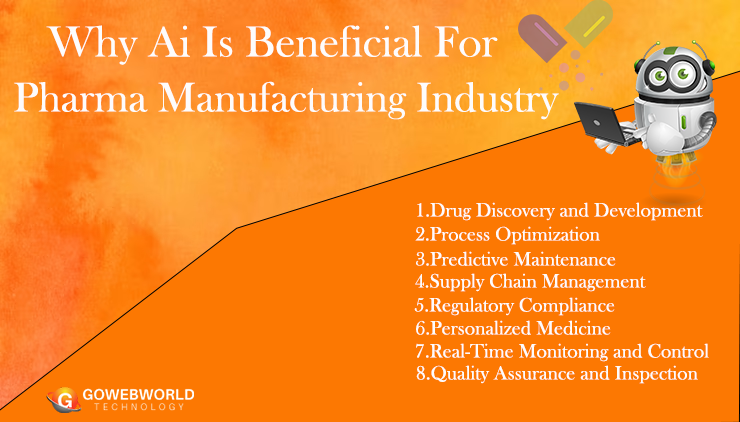Building a successful education website using WordPress involves careful planning, content organization, and integration of relevant features. Here are the key steps to consider:
Define Your Goals and Target Audience:
Clearly identify the goals and objectives of your education website. Determine your target audience, such as students, parents, teachers, or educational institutions. Understanding your audience will help you tailor the content and features to their needs.
Choose the Right WordPress Theme:
Select a WordPress theme that aligns with your educational website’s goals, branding, and target audience. Look for a theme that offers customizable layouts, responsiveness, and features specific to education, such as course management, event calendars, or student portals.
Organize and Structure Content:
Plan the organization and structure of your website’s content. Create intuitive navigation menus and categories to make it easy for users to find information. Consider creating separate sections for courses, programs, faculty, admissions, events, resources, and news.
Create Engaging and Informative Content:
Develop high-quality and informative content that resonates with your target audience. Include details about courses, faculty profiles, admissions procedures, extracurricular activities, and any unique selling points of your educational institution. Use a mix of text, images, videos, and downloadable resources to make the content engaging.
Implement Course Management:
If your education website offers courses or e-learning, integrate a course management system. WordPress plugins like LearnDash, LifterLMS, or Moodle can help you create and manage online courses, track student progress, and provide interactive learning materials.
Enable Online Enrollment or Admission:
Streamline the enrollment or admission process by integrating an online application system. WordPress plugins like WPForms or Gravity Forms allow you to create custom forms with fields for collecting student information, uploading documents, and accepting online payments if necessary.
Provide Faculty and Staff Profiles:
Highlight your educational institution’s faculty and staff members by creating dedicated profile pages. Include their qualifications, expertise, areas of research, and contact information. This helps build credibility and facilitates communication between visitors and faculty members.
Integrate Event Management:
If your education website hosts events like workshops, seminars, or webinars, consider integrating an event management system. WordPress plugins like The Events Calendar or Event Espresso can help you create event listings, manage registrations, and send event notifications.
Incorporate Blogging:
Maintain an active blog section on your education website to share educational resources, industry insights, tips, and news. Blogging helps establish your institution as a thought leader in the education space and attracts organic traffic from search engines.
Utilize Multimedia and Interactive Elements:
Enhance the user experience by incorporating multimedia and interactive elements. Embed videos, image galleries, interactive quizzes, or gamified learning experiences to make the content engaging and dynamic.
Ensure Mobile Responsiveness:
Optimize your education website for mobile devices. Choose a responsive theme and test the website across different screen sizes and devices to ensure it looks and functions well on smartphones and tablets.
Implement SEO Best Practices:
Optimize your education website for search engines to increase visibility and organic traffic. Use SEO plugins like Yoast SEO or Rank Math to optimize page titles, meta descriptions, headings, and URLs. Conduct keyword research to target relevant search terms and create content accordingly.
Implement Analytics and Tracking:
Set up website analytics using tools like Google Analytics. Track user behavior, traffic sources, popular content, and conversions to gain insights into website performance. Use these insights to make data-driven decisions and continually improve your education website.
Regularly Update and Maintain:
Regularly update WordPress, themes, plugins, and content to ensure security and functionality. Back up your website regularly and implement security measures like SSL certificates to protect user data.


